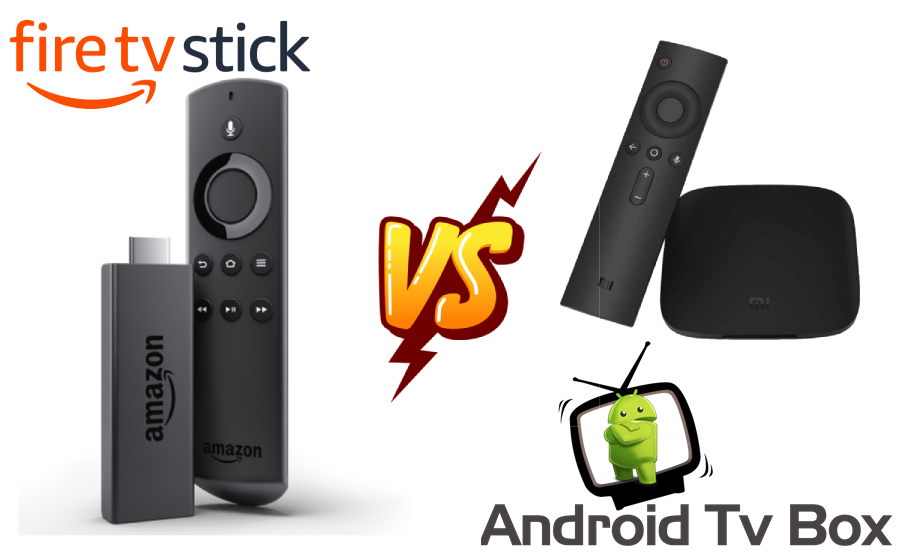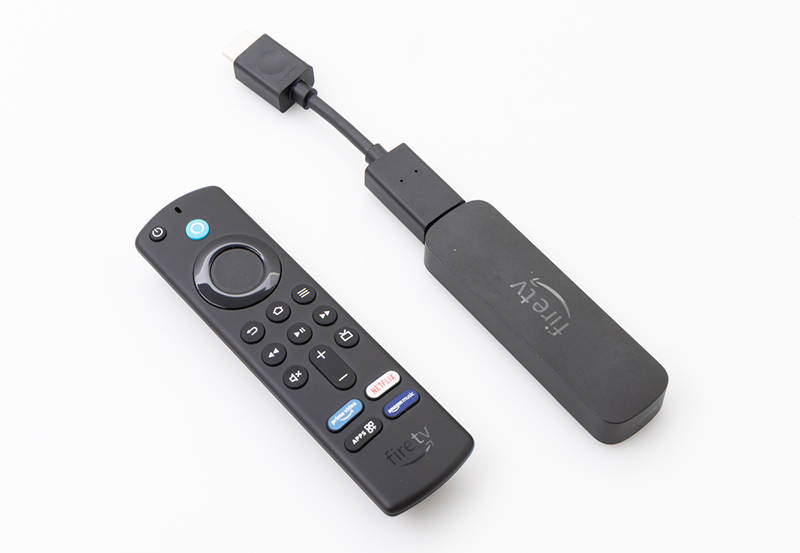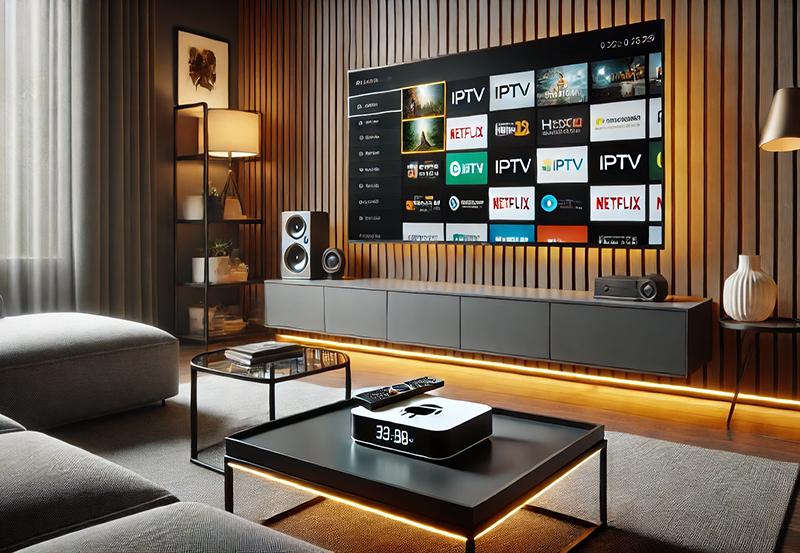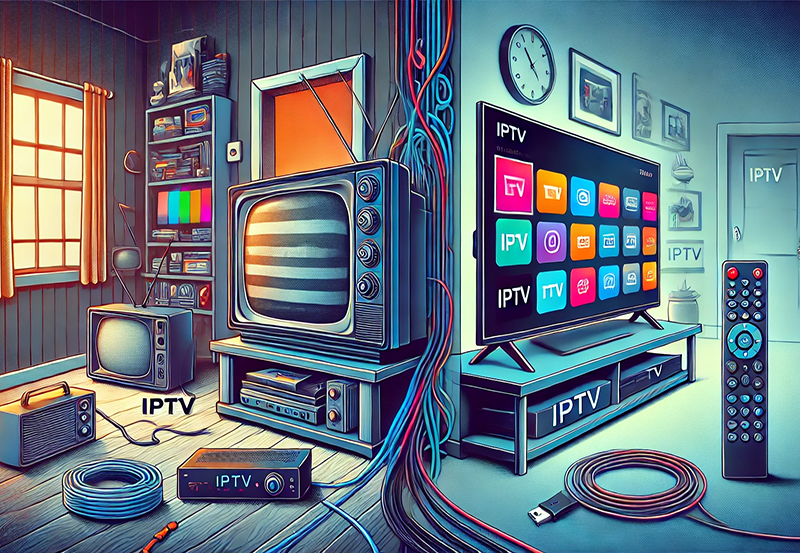In the landscape of modern entertainment, two devices reign supreme: the Android TV Box and the Amazon Fire TV Stick. As consumers increasingly cut the cord, the demand for affordable, versatile streaming solutions has skyrocketed. This evolution is driven by the promise of expanded content access, easy portability, and the ultimate viewing experience. But how do these devices stack up against each other, and which deserves a spot in your living room? This article explores the portability of these streaming giants, helping you navigate the quest for ideal streaming.
Understanding Android TV Box and Amazon Fire TV Stick
Before diving into comparisons, understanding these devices independently is crucial. Both serve as gateways to not just your favorite TV shows but are instruments of accessing a broad array of IPTV options. Their core functionality, however, extends beyond streaming, embedding multiple layers of entertainment.
What is an Android TV Box?
The Android TV Box is a set-top box that brings Android’s ecosystem directly to your television. It offers versatile app support, allowing users to download a variety of applications from the Google Play Store. However, unlike some smart TVs, these boxes tend to have superior hardware that supports streaming at higher resolutions.
Expert Advice:
Get access to premium TV shows and sports with Affordable IPTV services designed for your needs.
Android TV Boxes often stand out due to their open-source nature. This characteristic allows customization and scalability that some other devices fail to offer. As a result, it’s preferred among those who value flexibility in their viewing menu.
Introducing the Amazon Fire TV Stick
The Amazon Fire TV Stick, part of Amazon’s growing tech ecosystem, provides a plug-and-play solution for streaming needs. Compact and user-friendly, this device connects directly to the HDMI port, allowing users to access their desired content interface with relative ease.
Flaunting a tailored operating system based on Android, it integrates seamlessly with Amazon’s suite of services, including Alexa. However, unlike the more open Android TV Box, the Fire TV Stick is somewhat enclosed, focusing on simplicity and optimized performance for mainstream users.
Portability: The Key Factor in the Streaming Race
Portability in streaming devices refers to their ease of transportation and the ability to use them in various locations. This feature is increasingly significant as it assures users that their binge-watching habits won’t be confined to one location.
Portability of the Android TV Box
While the Android TV Box is praised for its robust capabilities, its portability can be somewhat challenging. Often larger and requiring an external power source, it isn’t exactly the travel-friendly companion one might hope for. Setup can be more time-consuming, and users need to get accustomed to packing additional cords and accessories.
For some, the compromise is worth it due to the extensive functionalities it brings. However, for those valuing ease over expansive features, this can be a pivotal deciding factor.
Amazon Fire TV Stick: Powerhouse in Your Pocket
Here is where the Amazon Fire TV Stick truly shines. Its sleek, dongle-type design makes it a leader in portability. Simply unplug it, toss it in a bag, and it transforms into a portable streaming powerhouse, ready to deliver your favorite shows anytime, anywhere.
Even though it requires an external power source, its slimmer design paired with an intuitive interface allows quick setup. This is especially valuable for users frequently traveling or living transient lifestyles. The Fire Stick truly exemplifies the phrase “big things come in small packages.”
Content Accessibility and Streaming Quality
The main draw of any streaming device is the range of content it delivers and how well it performs in terms of streaming quality. Both the Android TV Box and Amazon Fire TV Stick offer unique advantages and limitations in this area.
Android TV Box Viewing Capabilities
Equipped with a robust processor and diverse codec support, the Android TV Box offers exemplary streaming quality. It supports various content formats with ease, including 4K Ultra HD—provided your TV supports it too. For those seeking to discover superior IPTV viewing, the Android TV Box offers access to countless apps and services, enhancing the breadth of its library.
Nonetheless, navigating this extensive range requires some tech-savviness. Users need to wade through options and occasionally customize settings to optimize their viewing experience fully.
Amazon Fire TV Stick: Simplicity Meets Quality
While the Fire TV Stick may not boast the same hardware prowess as the Android TV Box, it delivers quality streaming efficiently. It supports Full HD, and with specific models, 4K Ultra HD content is also accessible. Its straightforward interface and seamless integration with Amazon’s Alexa allow users a comfortable viewing experience without much fuss.
For those seeking the best IPTV channels with minimal setup, the Fire Stick offers a smoother ride. Its content library, though more curated, remains diverse and comprehensive enough for most users.
Final Thoughts and Personal Preferences
Ultimately, the choice between an Android TV Box and an Amazon Fire TV Stick often boils down to personal preference and lifestyle compatibility. If customization and cutting-edge quality top your list, the Android TV Box might be calling your name. However, if seamless portability and ease-of-use sway you more, the Amazon Fire TV Stick is hard to beat.
It’s essential to consider what you value more: a device tailored to perform swiftly with high portability or a more nuanced gadget that requires a bit more setup but offers lavish streaming options. Whichever you choose, ensure it aligns with your viewing habits and entertainment demands.
FAQs
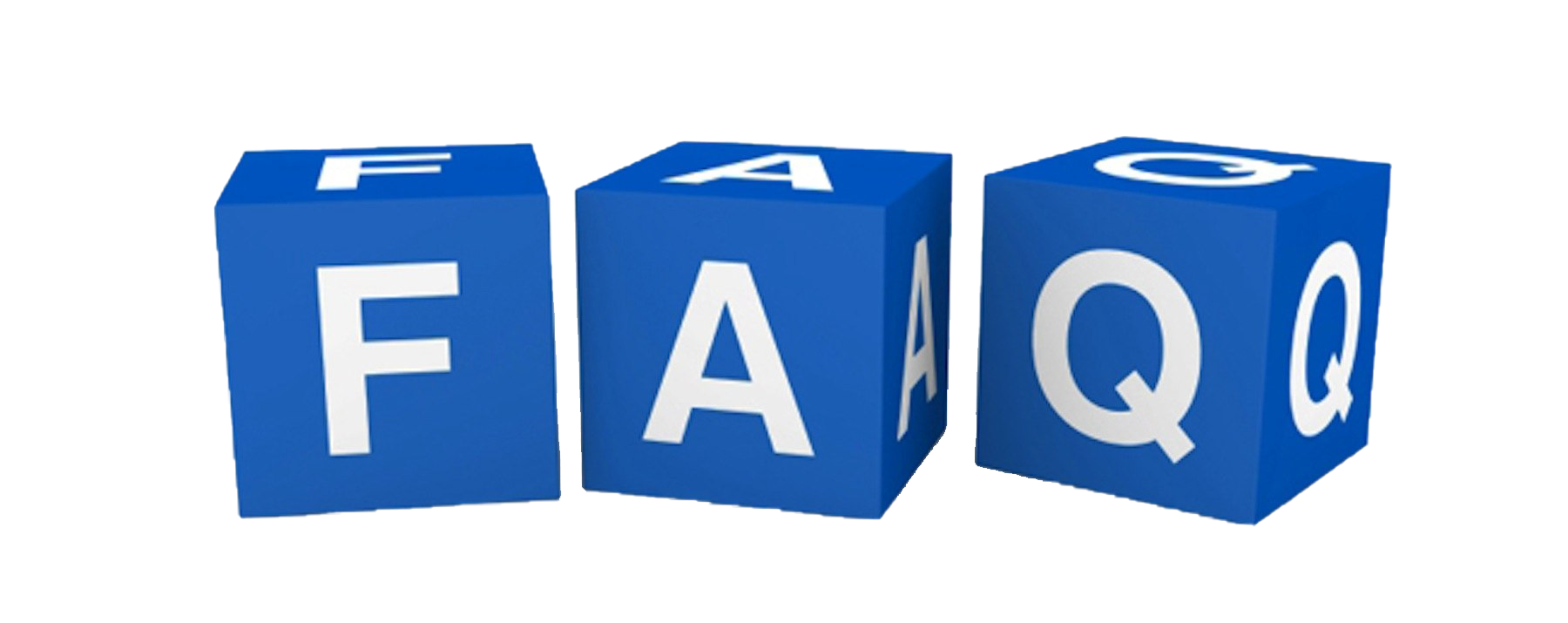
Are Android TV Boxes suitable for traveling?
While they offer excellent streaming capabilities, their larger size and requirement for multiple cords make them less ideal for travel compared to the Fire TV Stick.
Can I use Amazon Fire TV Stick without Wi-Fi?
No, an internet connection is necessary to stream content using the Fire TV Stick. It primarily streams up-to-date content, needing reliable Wi-Fi connectivity.
Do Android TV Boxes support all IPTV channels?
Generally, they support a broad range of channels. However, access to the best IPTV channels may vary based on geographic restrictions and app availability.
Which device offers better compatibility with streaming services?
Both devices support a variety of streaming services, although Android TV Boxes generally offer more apps due to their open-source nature.
Is set-up for an Amazon Fire TV Stick as simple as claimed?
Yes, it is quite straightforward. It plugs into the HDMI port and prompts setup instructions, making it a breeze to get started.
How do I maximize the streaming quality on these devices?
Ensure your internet connection is robust, opt for quality HDMI cables, and regularly update your device firmware and apps for optimal performance.
Are there subscription fees for accessing content on these devices?
The devices themselves don’t charge a subscription. However, certain apps and channels accessed through them may require subscriptions or purchase fees.
VPN Guide for Beginners: How to Use IPTV on Linux Securely

